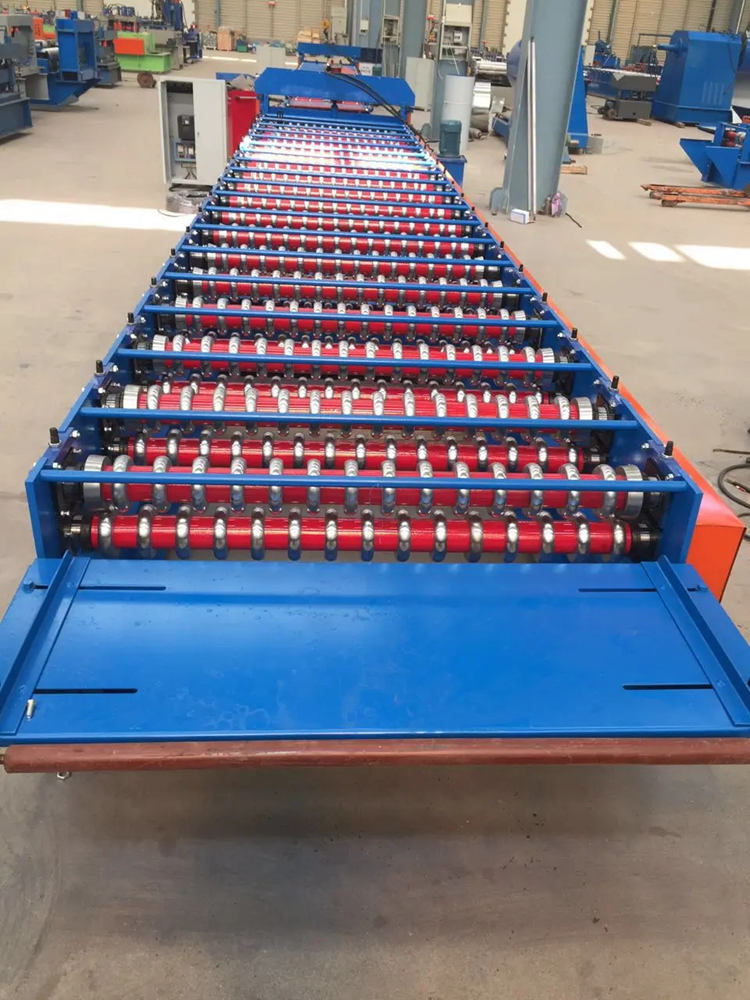
Understanding COIL Metal Cut to Length Line A Comprehensive Overview
In the modern manufacturing landscape, precision and efficiency are paramount. One of the critical processes that exemplify these qualities is the coil metal cut to length line. This sophisticated technology is essential for various industries, including automotive, construction, and electronics, where specific metal lengths are required for different components.
A coil metal cut to length line is an automated system designed to convert large rolls of metal (coils) into specified lengths. This process typically involves unwinding the coil, leveling the metal to eliminate any residual stress and imperfections, and then cutting it into precise lengths as required by manufacturing specifications. The final product can range from sheets to strips, depending on the requirements of the end-user.
The Process Explained
The operation of a coil metal cut to length line can be broken down into several key steps
1. Uncoiling The process begins with the uncoiling of a large metal coil, which is mounted on an uncoiler. The tension is carefully managed to facilitate a smooth transition to the leveling stage.
2. Leveling Once the coil is unwound, it passes through a leveling machine. This step is crucial for ensuring that the metal is flat and free of any twists or bends, which could affect the quality of the final product. The leveling process involves a series of rollers that apply consistent pressure to flatten the metal.
3. Cutting After leveling, the metal sheet moves to the cutting section, where it is sliced into the desired lengths. This is typically done using shear blades or laser cutting technology, depending on the thickness of the metal and the precision required. Advanced control systems ensure that the cuts are made accurately, adhering to the predefined specifications.
4. Stacking and Packaging Once cut, the individual sheets or strips are stacked neatly for storage or shipping. Depending on customer requirements, they may also be packaged to prevent damage during transport.

Advantages of Using a Cut to Length Line
Implementing a coil metal cut to length line offers several advantages for manufacturers
- Efficiency The automation of the cutting process drastically reduces time and labor costs compared to manual cutting methods. Machines can operate at high speeds, allowing for a significant increase in throughput.
- Precision Modern cut to length lines are equipped with advanced technology that ensures high levels of precision. This minimizes waste and ensures that each piece meets the exact specifications required by the manufacturer.
- Flexibility These systems can typically handle various metal types and thicknesses, providing versatility for manufacturers who deal with multiple materials.
- Reduced Waste By utilizing coils, manufacturers can minimize material waste compared to using sheet metal, which often has leftover scraps. The precise cutting process further reduces waste by maximizing the use of each coil.
- Quality Control Many systems include integrated quality control measures, such as measuring sensors that check dimensions in real-time, ensuring that all products meet strict quality standards.
Conclusion
The coil metal cut to length line is a vital component within the metal processing industry. As manufacturers strive for increased efficiency, reduced costs, and higher precision, the adoption of such advanced technological solutions becomes not just beneficial but essential. By understanding the workings and advantages of this process, companies can better appreciate its role in modern manufacturing and its impact on overall productivity and quality. With the ongoing advancements in automation and technology, we can expect even greater innovations that will further enhance the capabilities of these cutting systems in the future.